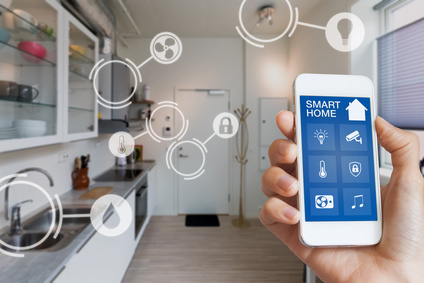
You’re working away when a window pops up on your screen letting you know that there are new updates available. But you’re busy right now, so you hit the ‘remind me later’ button. But when later comes around and you get that reminder you asked for, you’re still busy, so you dismiss it again.
The thing is that these notifications are not just created to annoy us while we’re working. They are trying to tell us something incredibly important: that our software needs a new layer of protection, or that there are improvements or bug fixes you could be benefiting from.
What are software updates?
Software updates perform a wide range of tasks. Some are for individual software programs; others are for our operating systems. There are updates that clean up and get rid of outdated features, whilst others install new and improved ones. Some updates renew drivers and others fix annoying bugs. But perhaps the most important updates are the ones that deal with security flaws.
What is a security flaw and how does a software update resolve it?
Software flaws are weaknesses or holes in the security of an operating system or software program. Hackers are a dab hand at writing code to exploit these weaknesses via malware. The code gets them into your machine when you open a certain website or email or play infected videos.
Once malware has infected your machine, it has the ability to compromise data, take control of your PC or use software differently to how it should be.
Why should I install software updates?
Once an update is released, hackers worldwide will know there is a security flaw ready for the taking. As fast as software developers are coming up with ways to halt security attacks, so hackers are finding new ways in. The game just goes around and around.
You should be aware that your data and files are at risk unless you have installed the latest updates. Everything you store digitally: photos, videos, files, databases; it’s all potentially exposed to hackers. Certain strains of malware have the ability to completely wipe documents from a hard drive or copy them to a remote server. No one will forget the effects of the WannaCry epidemic that swept the nation and further afield in 2017 leading to personal data and company documents being held hostage until payment was made to release them. In a lot of cases, the systems that were compromised were not up to date.
Ensuring you update operating systems and keep software updated as and when it prompts you is vital if you want to avoid these types of threats.
What about legacy systems?
A large number of organisations are still using legacy infrastructure, mainly because it delivers continuity, but also because there is a belief that the cost and upheaval of migrating to new technology would be damaging both financially and in terms of productivity.
In actual fact what some organisations may not realise is that the cost of maintaining legacy systems could actually be higher than the long term gains made by updating.
Aside from hindering innovation, there are some extremely serious risks associated with sticking with a legacy system, malware being one of them. Windows XP for example is, according to Microsoft, six times more likely to be infected with malware than more recent versions of Windows.
Some legacy systems simply cannot be security patched, or there are no patches available at all.
With such high risks offering up the potential for reputation damage, reduced profitability and loss of competitive edge, and the fact that legacy systems are subject to expensive maintenance costs, it is clear to see that the most astute option would actually be to update to a system powered by today’s technologies and protected by modern security measures.
In Summary
Even though software updates may seem like an inconvenience, and the prospect of system upgrades may be a real worry, the fact is, both could actually save you from a host of serious issues.
So, the next time you see an updates notification, be sure to action it. And if you are ready for a system upgrade to move your legacy infrastructure into the 21st century, how about talking to IQ in IT? We offer a hands-on service whereby we’ll get to the bottom of your individual needs and then build a system around them so that you have the infrastructure you need to grow, and that does the best job possible in keeping your organisation safe and secure.


Recent Comments